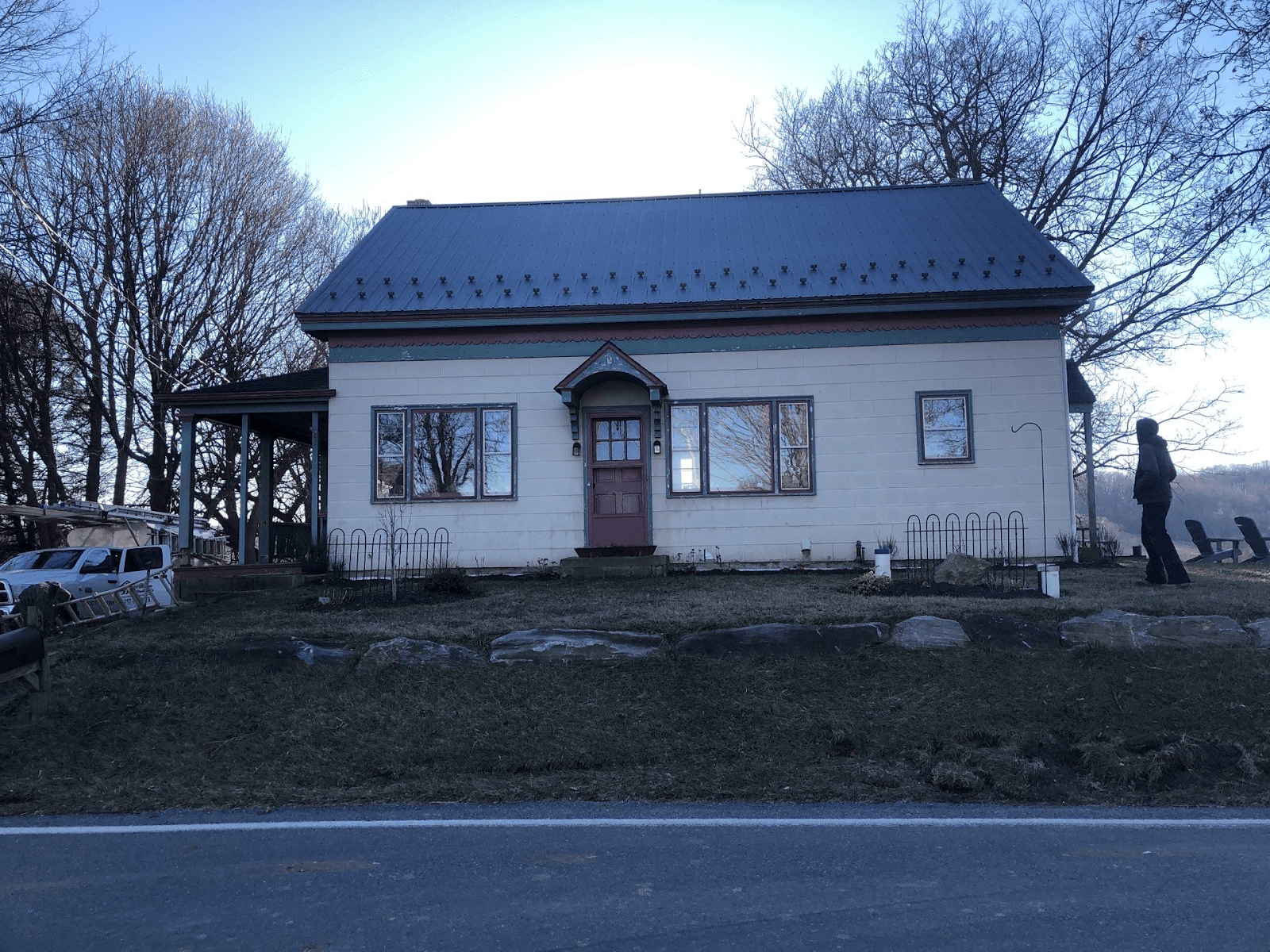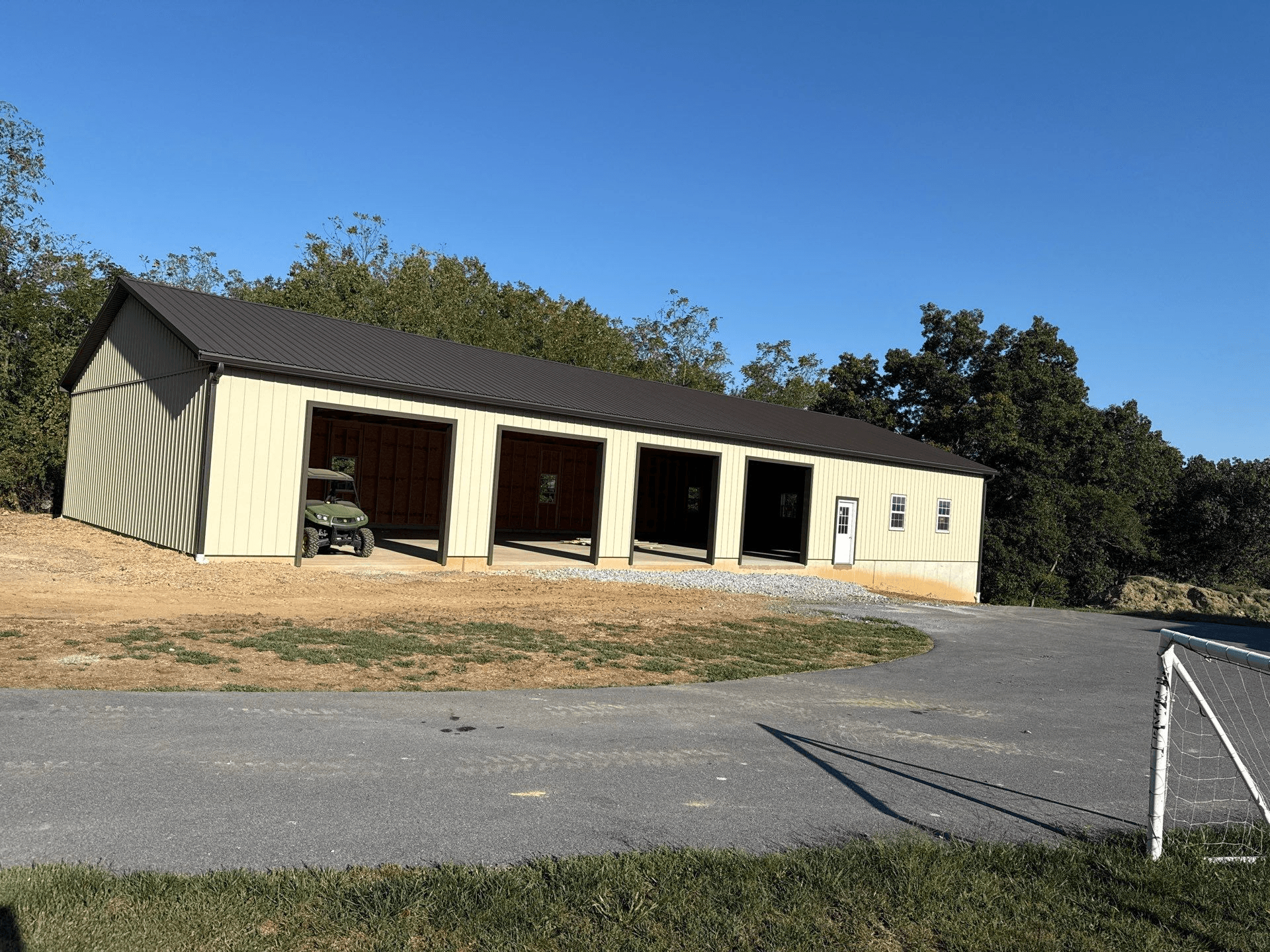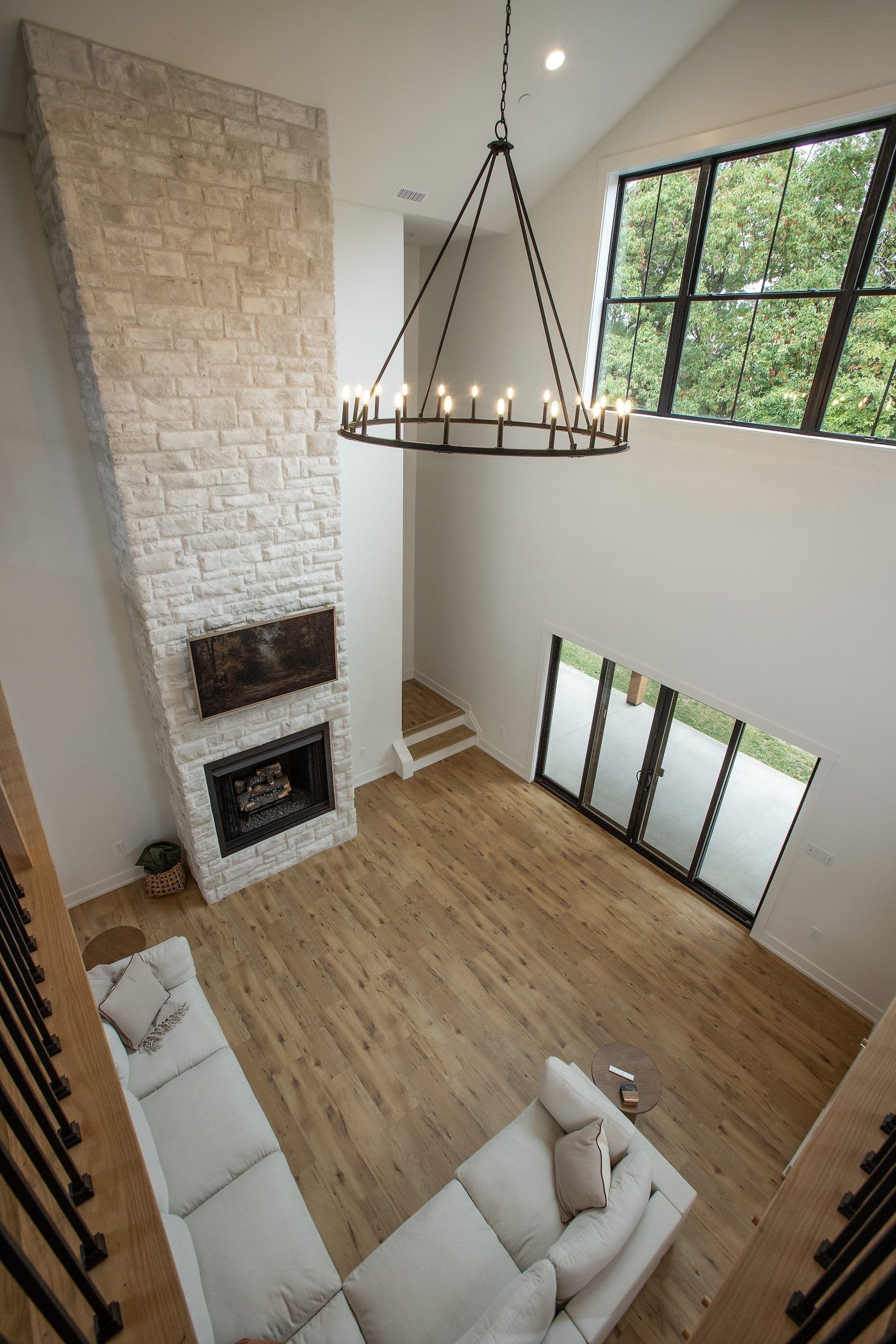
What Should You Know Before Building Your First Barndominium in Pennsylvania?
Building a barndominium is more than just combining a barn and a home—it’s weaving functionality with personal style. In Pennsylvania, where rural charm meets modern sensibility, understanding local factors is key to a smooth build. Here’s what we’ve seen matter most.
Table Of Contents:
- Understanding the Real Costs Upfront
- How Do Zoning and Permits Shape Your Project?
- Should You Choose a Kit or Custom Build—and Why?
- Embracing the Barndominium Lifestyle
- Energy, Insulation, and Climate Concerns
- Lender Hurdles and Strategy
- How Quickly Can You Live In?
- Conclusion
- FAQs
Understanding the Real Costs Upfront
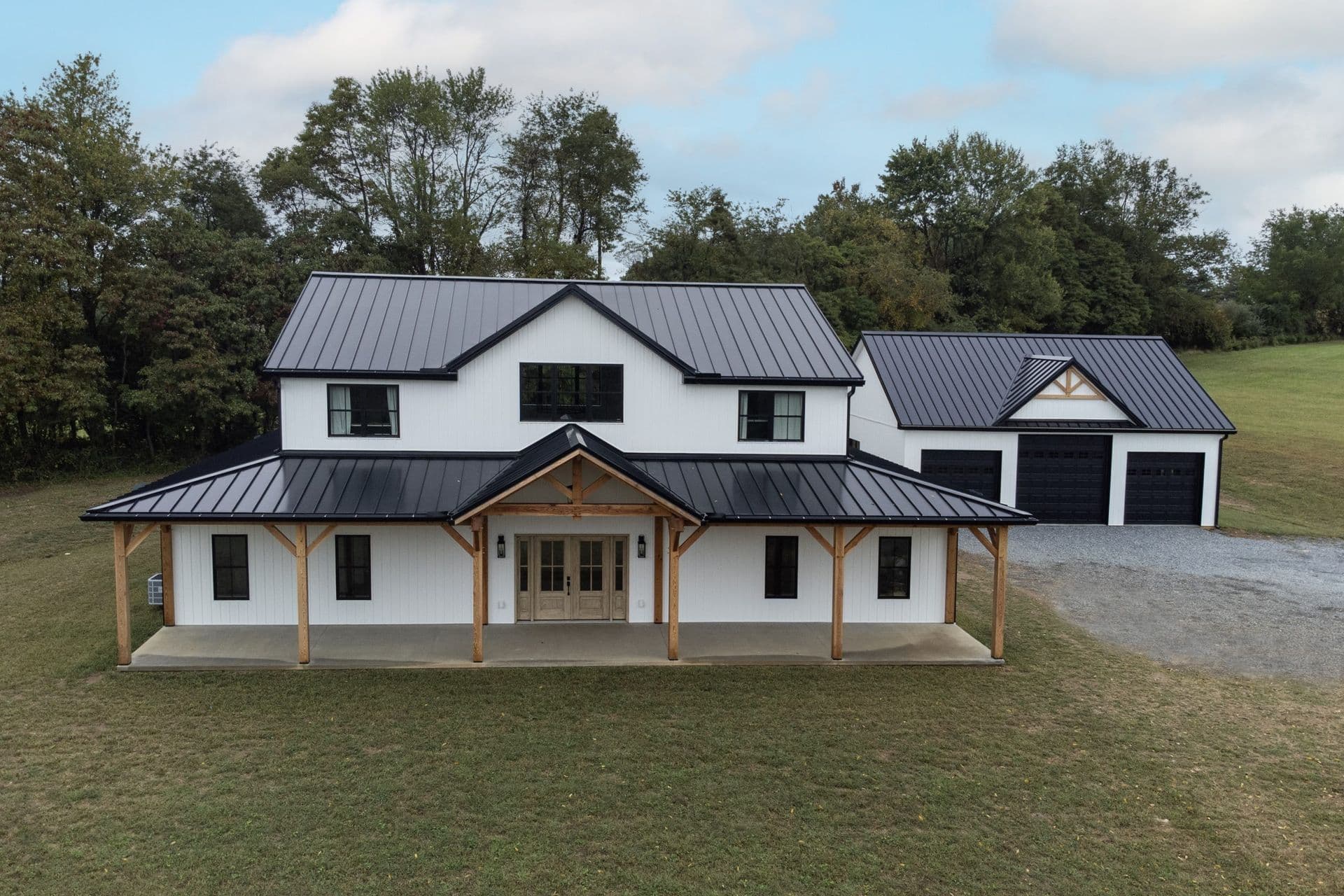
Many resources quote $200–$220 per square foot for barndominiums in Pennsylvania. That aligns with national estimates showing complete builds range from $130 to $320 per square foot, depending on finishes and complexity. Kits alone may cost as little as $39–$50 per square foot, but these typically exclude foundational work, utilities, and all interior construction.
We encourage clients to think well beyond the initial sticker price. Often, site-specific expenses—such as grading, tree clearing, septic systems, utility hookups, and driveway construction—can significantly influence the overall cost. In addition, Pennsylvania’s varied climate may demand specific structural reinforcements or weather-proofing upgrades, especially in areas prone to snow loads or heavy rains. When planning your budget, consider these variables carefully to avoid being blindsided down the road.
How Do Zoning and Permits Shape Your Project?
It’s easy to underestimate the impact of regulations until you’re deep into the planning phase. In Pennsylvania, zoning laws and building codes vary widely between counties—and even between townships. What might be a simple build in one district could be a regulatory challenge in another.
We’ve worked with clients who found ideal plots of land, only to discover that certain materials or architectural styles weren’t permitted. In some cases, zoning ordinances can limit square footage, dictate minimum setback distances, or even restrict metal-clad structures. Understanding the precise requirements of your intended build site is crucial. To that end, our team navigates local building departments, prepares engineered drawings, and ensures that structural and mechanical elements meet all applicable codes. This proactive approach minimizes costly delays and project redesigns.
Why Should You Always Choose A Custom Build?

Choosing between a pre-packaged kit and a fully custom barndominium often comes down to time, budget, and desired involvement. Kits may provide a predefined set of materials that are shipped to your site, often covering the metal frame, panels, and roofing materials but we don’t recommend them. They initially seem more affordable upfront and like they can speed up the initial framing process. But, everything beyond the shell—like the foundation, plumbing, electrical, HVAC, insulation, and interior finishes—falls on you to coordinate.
Custom builds, on the other hand, offer a streamlined experience with one contractor overseeing every detail from design through completion. At JJ Builders, we take the reins on layout planning, structural engineering, permitting, and physical construction. This allows our clients to focus on personalizing their home rather than juggling subcontractors or correcting miscommunications. In our experience, homeowners who choose custom builds enjoy better quality control and more peace of mind throughout the process.
Embracing the Barndominium Lifestyle
Barndominiums offer a unique opportunity to tailor your living space in ways traditional homes rarely allow. Whether you’re integrating a full mechanic’s garage, an art studio, or simply want soaring ceilings with open floor plans, your layout can reflect how you truly live and work. That said, the planning stage is critical.
We often hear questions like, “Can we truly combine a workshop and living space without sacrificing comfort?” The answer is yes—but it requires strategic design. For example, heating and cooling large open spaces can be a challenge, particularly in a state like Pennsylvania. Dividing zones with intentional partitions, using radiant heating in the floors, or investing in zoned HVAC systems are smart solutions. Noise control is another common concern. We recommend sound-insulating shared walls, selecting flooring that softens footfall, and isolating high-activity areas from quiet zones.
By thinking about your day-to-day life and future needs, we help our clients create layouts that do more than just look good—they perform well for years to come.
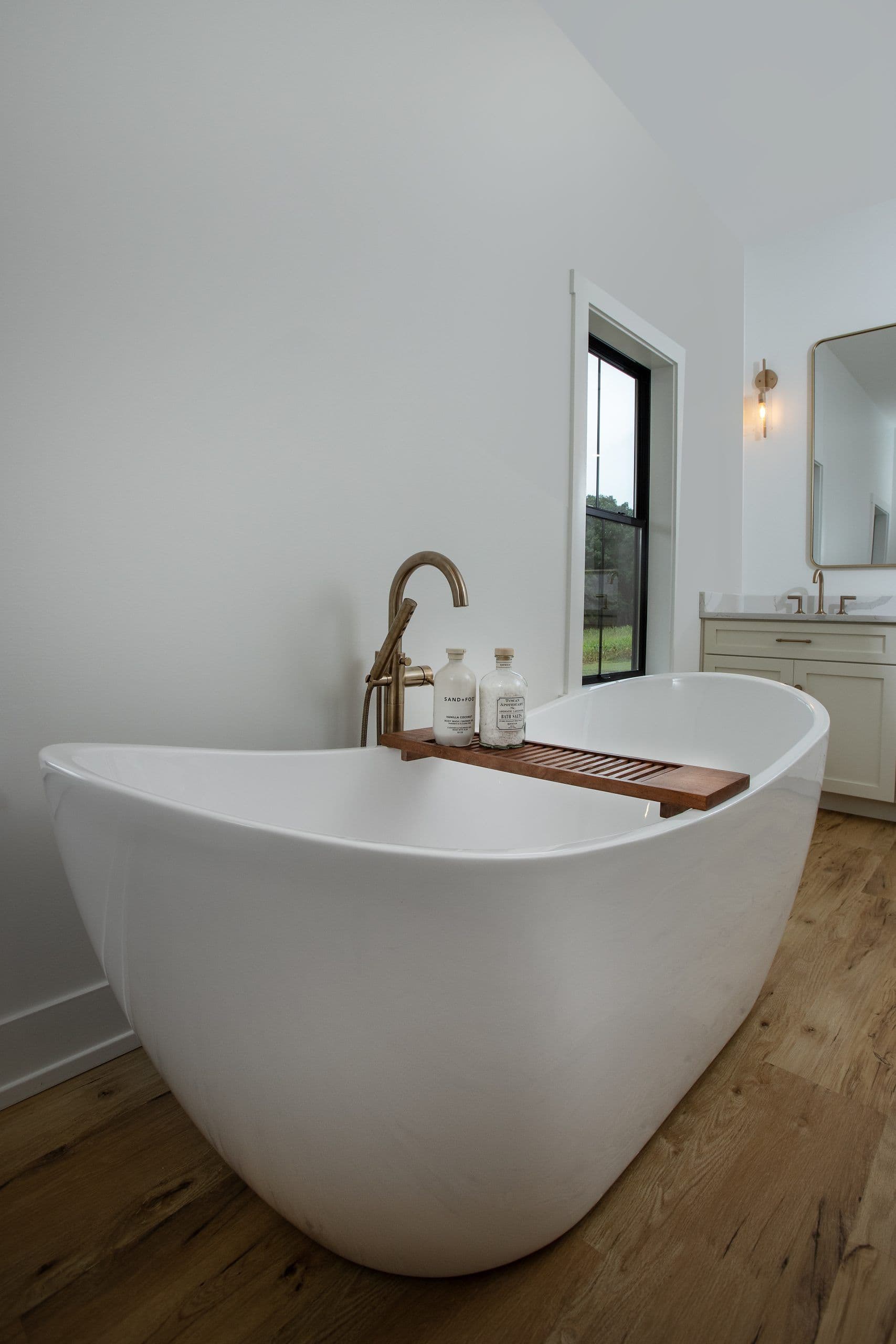
Energy, Insulation, and Climate Concerns
If you’re building in Pennsylvania, you need to think long and hard about your home’s ability to handle both heat and cold. Unlike conventional homes, metal buildings can exacerbate temperature swings if not properly insulated. This makes energy efficiency not just a cost consideration but a comfort one as well.
Our recommendation typically includes a layered approach. Rigid foam insulation on the exterior helps provide a thermal break and reduce heat transfer. Spray foam within the wall cavities adds another level of efficiency by creating an airtight seal. Double- or triple-pane windows, vapor barriers, and tightly sealed doors all help in maintaining consistent indoor temperatures.
Clients sometimes ask, “Isn’t this overkill?” Our experience says no. Poor insulation can lead to condensation, mold, and astronomical heating bills. Investing in high-performance materials now saves you money and hassle down the line.
Lender Hurdles and Strategy
Financing a barndominium isn’t always straightforward. Traditional mortgage lenders can be hesitant because these structures fall outside the typical home category. This is why many of our clients pursue construction-to-permanent loans. These allow you to finance both the build phase and the long-term mortgage in one streamlined package.

We always advise clients to get pre-approved early, and to work with banks that have experience financing metal buildings or non-traditional homes. The more documentation you can provide—detailed plans, a signed construction contract, and a clear timeline—the better your odds of approval. It’s worth noting that local credit unions often have more flexible policies and greater familiarity with regional building practices.
In every successful project we’ve managed, financing has been made easier by strong planning, transparent budgeting, and proactive communication between all parties.
How Quickly Can You Live In?
Time is a crucial factor when planning your barndominium. One of the main draws of this type of construction is how fast the exterior shell can be erected. Traditional wood-framed homes can take months just to get out of the ground, so we build a stick frame home on a foundation with a metal skin.
However, don’t confuse shell completion with move-in readiness. The interior fit-out—everything from insulation to cabinetry—still takes time. Realistically, you’re looking at six to nine months from the issuance of permits to a completed, livable space. Weather, subcontractor schedules, and material availability all play a role in your timeline.

Our role is to anticipate these delays and keep your project moving forward with minimal disruption. Through clear communication and accurate scheduling, we help our clients stay focused on the end goal: a beautiful, functional barndominium that’s built to last.
Conclusion
There are plenty of general contractors in Pennsylvania, but few who specialize in barndominiums and post-frame structures with residential-grade finishes. What sets JJ Builders apart is not only our technical expertise, but our process.
We begin with in-house design services, which means your ideas are brought to life with detailed drawings that account for both structure and lifestyle. Once plans are approved, we handle every step of the build process: excavating the site, pouring the foundation, erecting the frame, installing utilities, and completing all interior work. Our deep knowledge of Pennsylvania’s building codes and weather challenges ensures that your barndominium performs well in every season.
Perhaps most importantly, we keep you in the loop at every stage. We don’t believe in leaving clients in the dark. Your questions, ideas, and feedback are always welcome.
FAQs
1. How large should my barndominium be?
Size depends on your unique needs—whether you’re looking for a two-bedroom retreat, a hybrid home-office-shop layout, or a multigenerational property. Most of our clients find that a range of 2,000 to 3,000 square feet provides the right balance between cost and livability.
2. Are barndominiums easier to maintain?
Yes, absolutely. With metal exteriors, you reduce the risk of pests, rot, and moisture damage. Proper insulation and good construction practices make the home durable and efficient. Most homeowners report far fewer maintenance needs compared to wood-frame homes.
3. What should I budget beyond the shell price?
A lot more than just the exterior. Consider foundation work, septic systems, well or water hookup, electrical, HVAC, and full interior finishes. These items typically account for 30–50% of your total cost. It’s not uncommon for fully finished barndominiums to range between $260 and $320 per square foot.
4. Can I use a traditional mortgage for a barndo?
Not always. Because many barndominiums don’t fit into conventional housing models, some banks are hesitant. Construction-to-perm loans or lenders familiar with post-frame builds are your best bet. Bring a full set of documents and contractor details to ease the process.
5. How do you handle extreme weather seasons?
We build with climate in mind. Snow load calculations, insulated slab foundations, ice barriers on roofs, and well-ventilated attic spaces all help ensure your home remains functional and safe year-round. Our familiarity with Pennsylvania’s climate ensures your barndominium will stand up to seasonal challenges.
JJ Builders – Your Partner in Pennsylvania Barndominiums
→ Build your first barndominium with clarity and confidence
→ Expert guidance, transparent process, and proven craftsmanship
→ Start your project informed and ready for success
Ready to start your next custom build?
Recent Posts
When it comes to designing your dream barndo, custom home, garage, or post-frame structure, one...
Metal roofing has become the top choice for Lancaster County homeowners and farmers. Traditional asphalt...
Why do property owners choose pole barns as their go-to construction option? Space constraints and...
The first step is a phone consultation.
If needed, we will meet with you in person as well!


Contact Us

Monday-Friday 8:00 am - 4:30 pm


